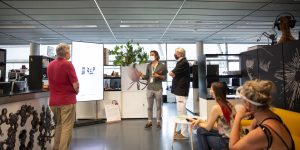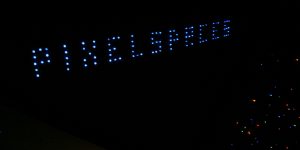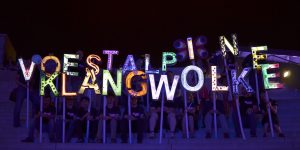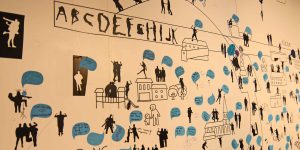Matthew Gardiner
-
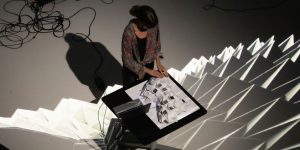
Oribotic Instruments Workshop
Experimental Robotic Origami Music
What does it take to create self-aware robotic instruments out of a piece of paper? An Ars Electronica Futurelab workshop was only the start of a new type of avant-garde robotic origami music performances.
-
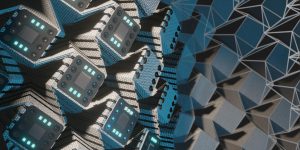
ORI*BOTICS
The Art and Science of Robotic Origami
ORI*BOTICS, the art and science of robotic origami, is a follow-on research project that continues the investigation of origami, technology and nature. It extends on our novel methods for designing and making strong, flexible and highly irregular origami from textiles and 3D printing, namely Fold Printing and Fold Mapping.
-
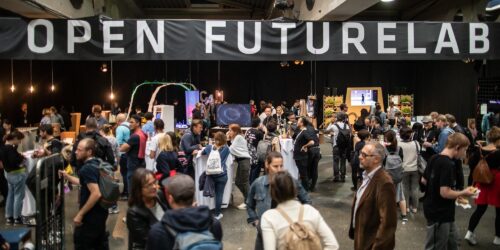
Open Futurelab 2019
The festival site at POSTCITY in Linz was used as a stage for Open Futurelab until 2019. Created with the Japanese public broadcasting company NHK, Media Platz was a prototype of an open media plaza consisting of cardboard and high-resolution screens, which was used as a forum for public debate. Various panel discussions took place…
-
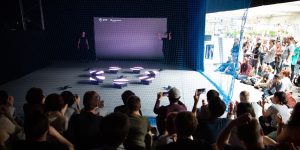
Open Futurelab 2018
Following an extended period of integrating contributions from the Ars Electronica Futurelab at various festival settings, the 2018 Open Futurelab initiative in the POSTCITY was intended to create a key interface for the lab’s creative international network.
-

ORI* – On the Aesthetics of Folding and Technology
This research examines how new design approaches that utilise advances in scientific origami, computation, robotics, and material experimentation, can influence the functional aesthetic of the art of oribotics. Situated in the context of contemporary electro/mechanical artworks and objects, and joining the fields of origami and robotics, oribotics is influenced by notions of folding scientifically and…
-

Spaxels / Klangwolke – Quadrocopter
Ars Electronica Futurelab’s quadcopter swarm was one of the highlights of the 2012 voestalpine Klangwolke (Cloud of Sound) in Linz. More than 90,000 spectators lined both banks of the Danube to witness a then world record: a formation flight by no fewer than 49 quadcopters. Never before had such a large squadron of whirlybird drones…
-
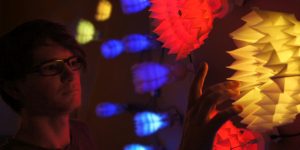
Oribotics
[the future unfolds]
In cooperation with the University of Linz’s Institute of Polymer Product Engineering, the Australian origami- and media artist Matthew Gardiner cultivated interactive flowerbeds. During the 2010 Ars Electronica Festival they brought the industrial architecture of the former tobacco processing plant into full bloom.

